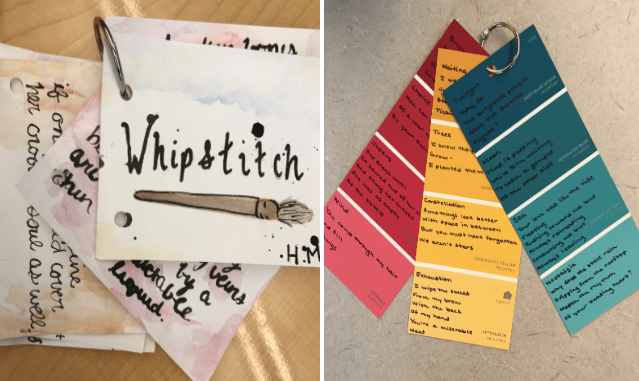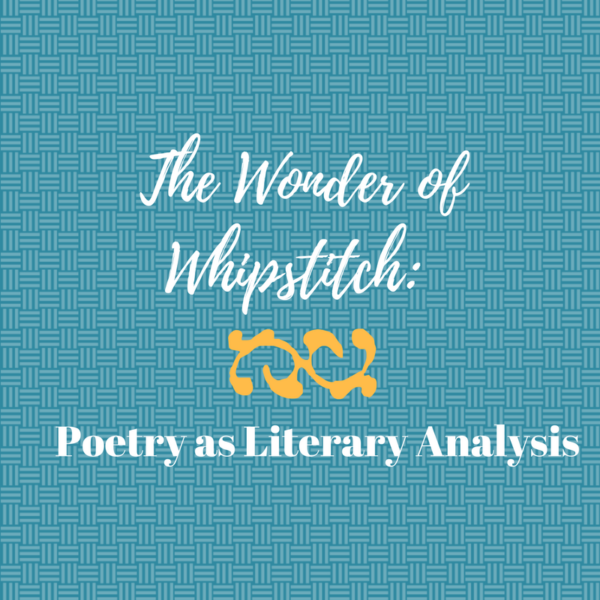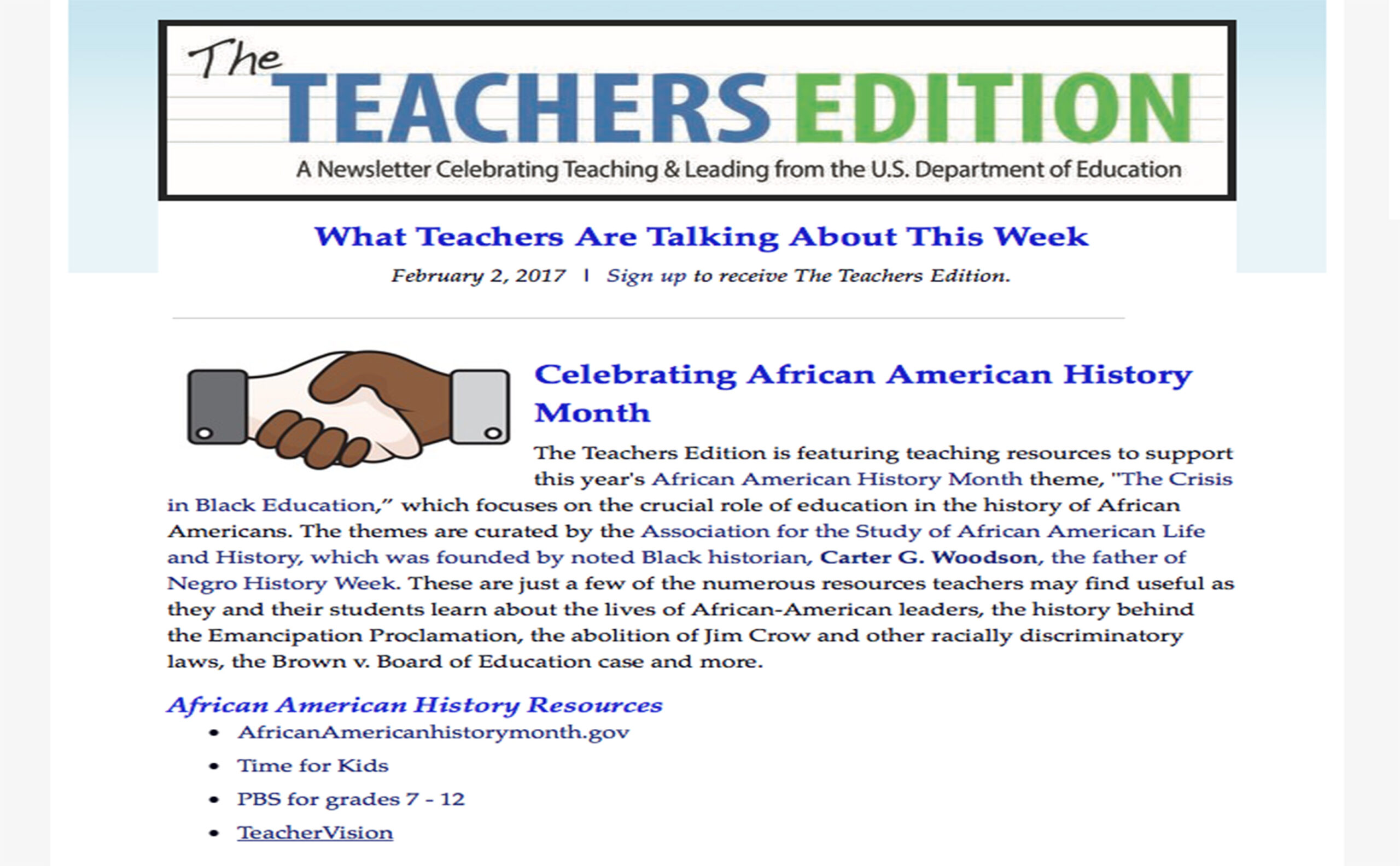
Hestur: A Photo Essay has been selected as an example of hybrid work for inclusion in Reading as a Writer: Ten Lessons to Elevate your Reading and Writing Practice. This creative writing textbook by Erin Pushman, Writing Center Director and professor of English at Limestone College in Gaffney, SC, was published by Bloomsbury Academic Publishing in February 2022. Hestur: A Photo Essay was originally published in Cold Mountain Review, the literary journal of Appalachian State University.
Karla Hilliard wrote a Moving Writers blog post about how she used Whipstitches as a mentor text with her AP Literature students at Spring Mills High School in Martinsburg, WV. Here is her lesson in its entirety as well as some of the fantastic work her students created from the writing exercise. “I simply created an experience for my students,” Hilliard writes. “It had everything to do with poetry and art — how it unifies us and inspires us and moves us in ineffable ways.”

Karla Hilliard created a week-long study of poetry challenging students to read like readers and read like writers to create their own poetry. “As a literature and writing teacher, I speak often to my students about the well-chosen word,” Hilliard writes. “This is what Randi Ward’s poetry affords my students: an opportunity to engage in traditional poetry analysis and to highlight precision and intention in writing. The Whipstitches poetry collection is a gorgeous meditation on the interconnectedness of language and images.”


